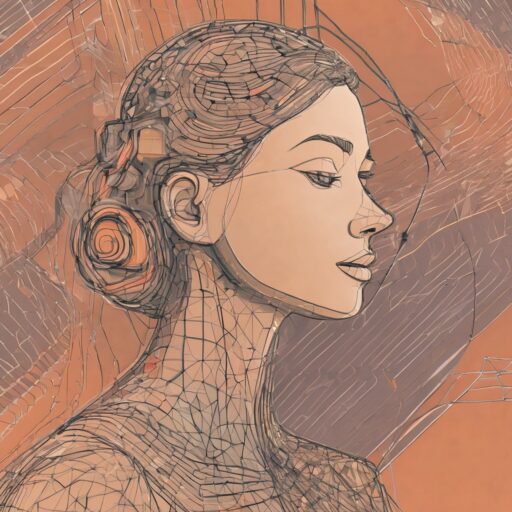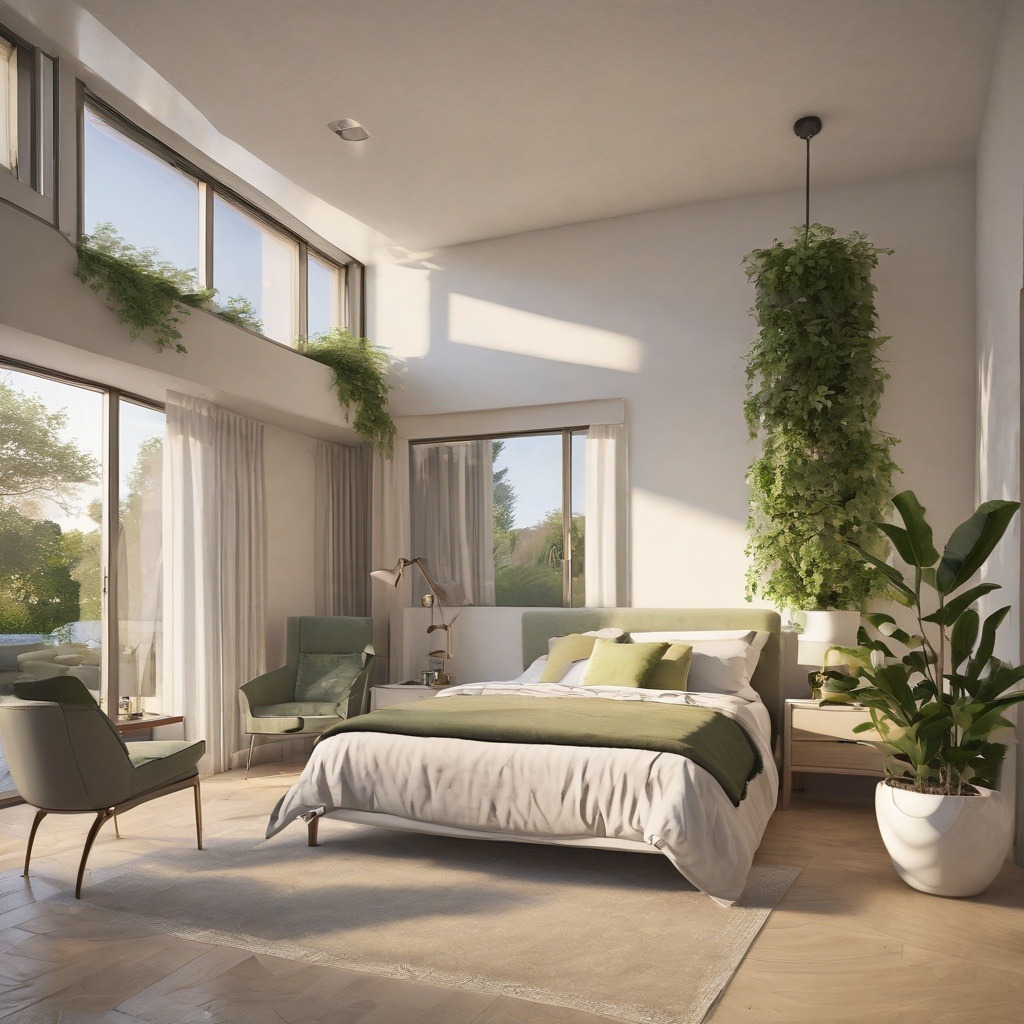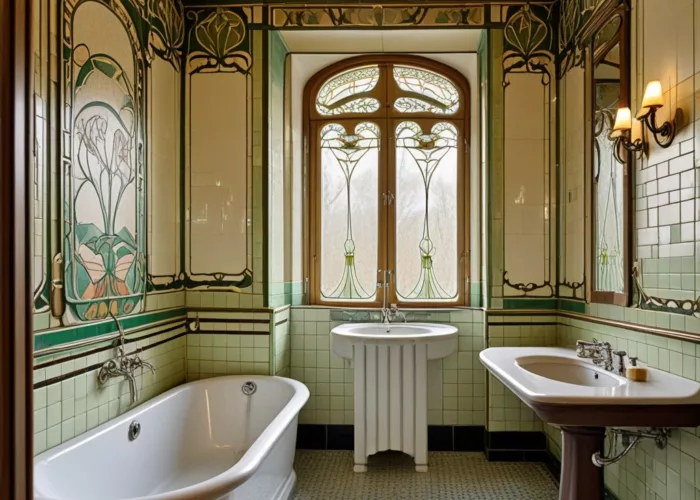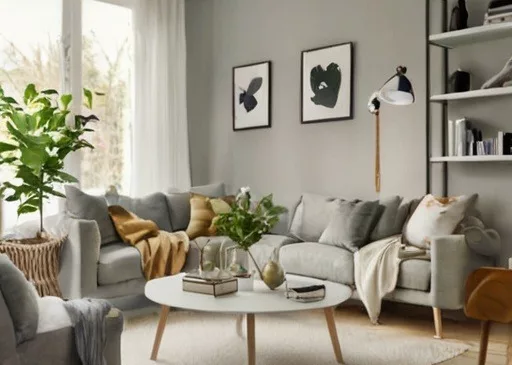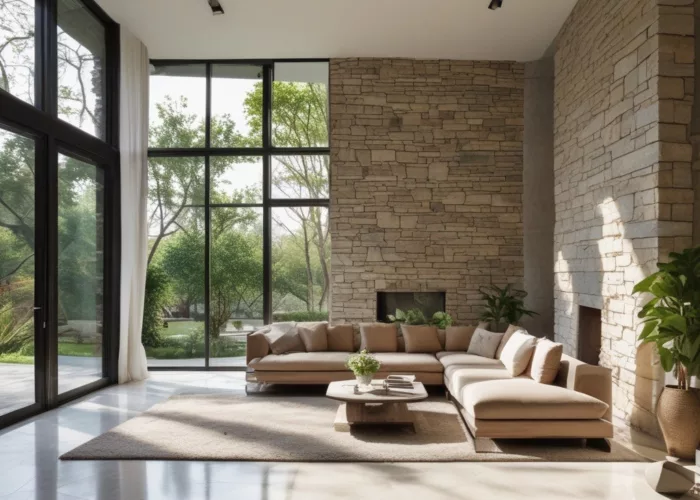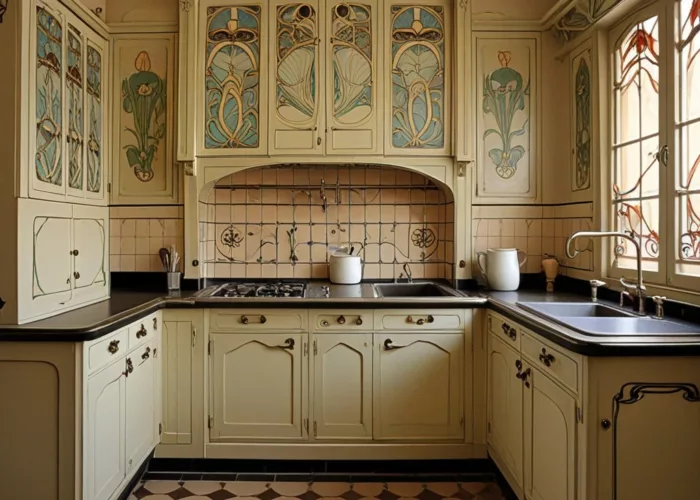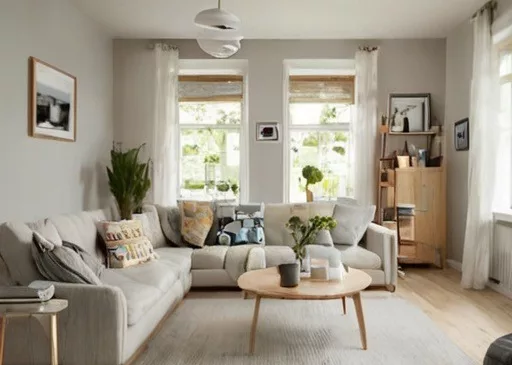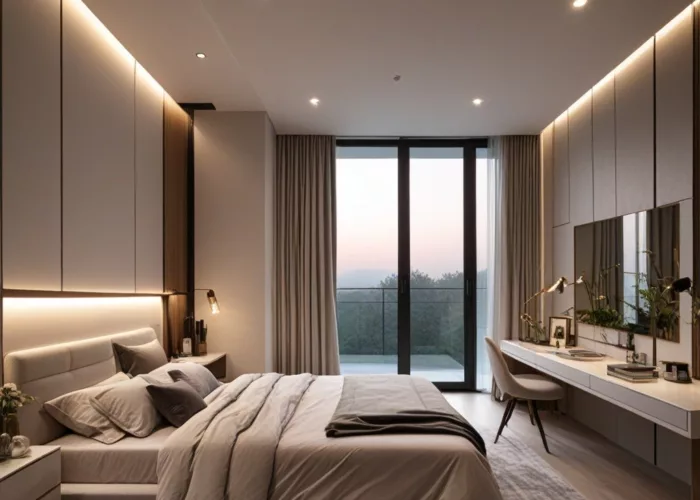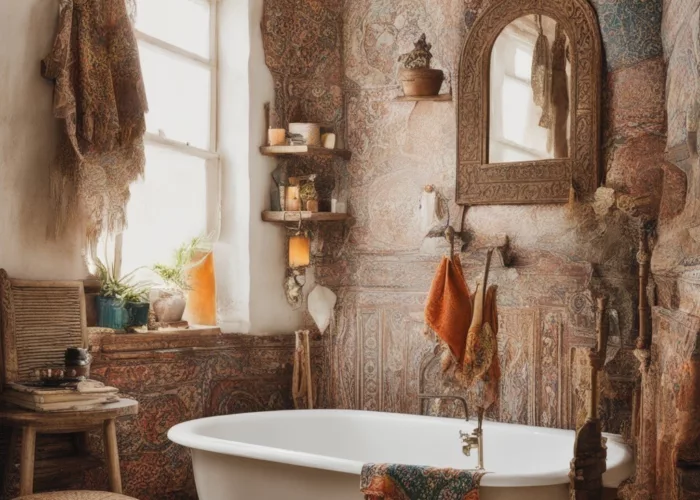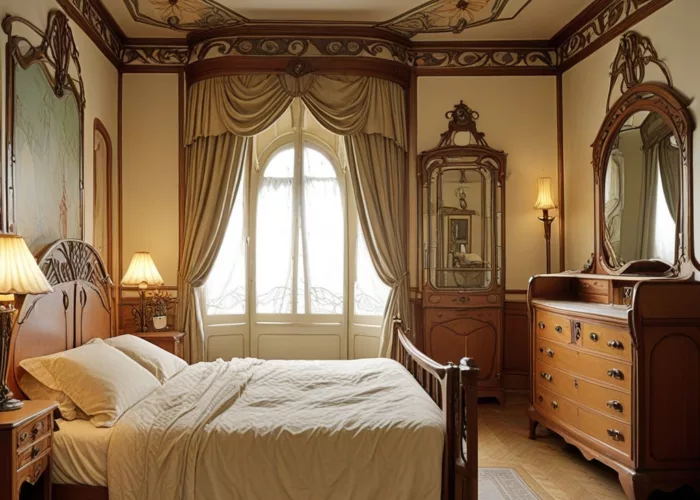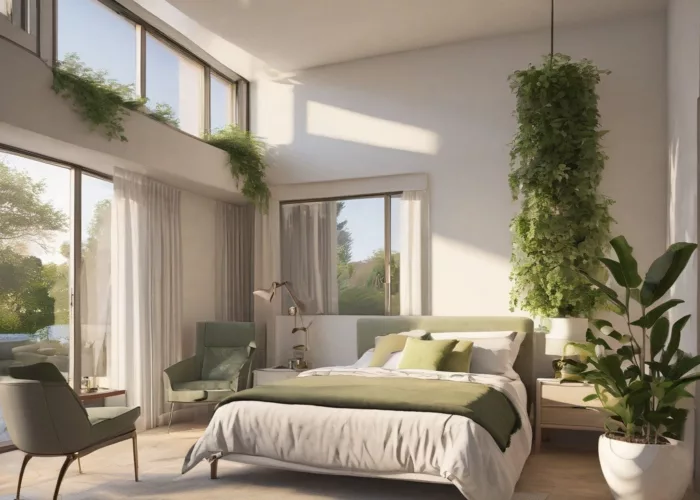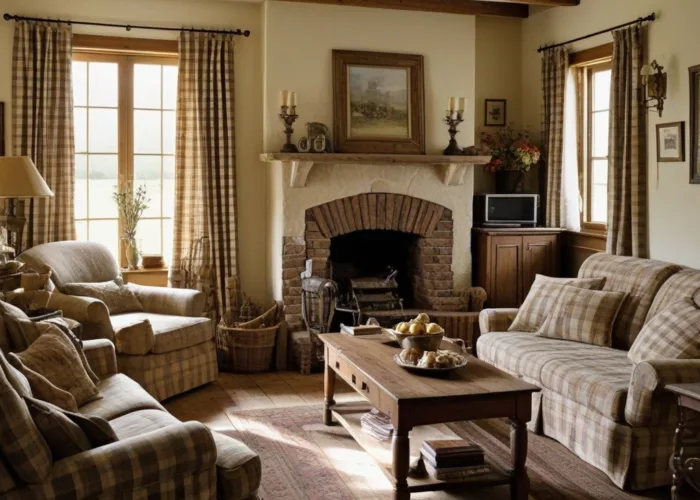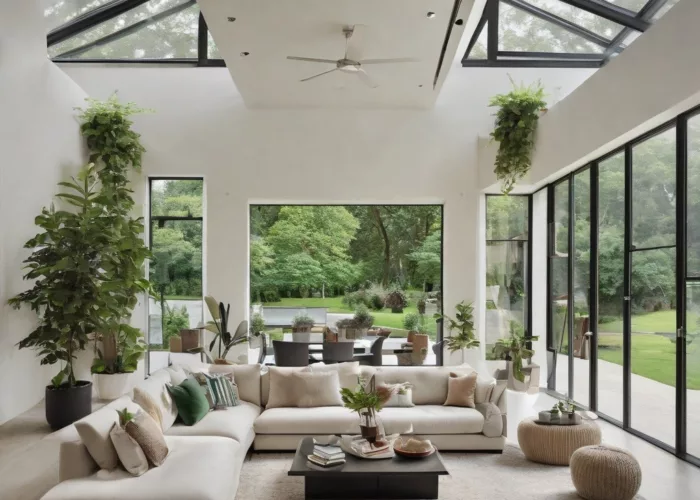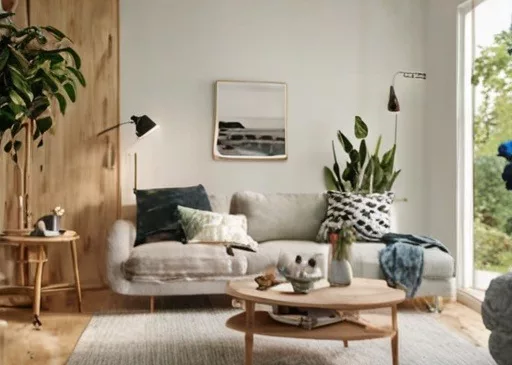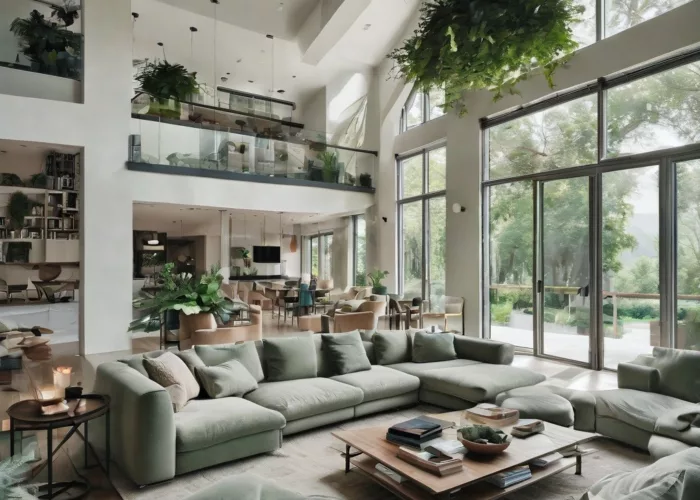Interior design is a fascinating discipline that deals with the design and furnishing of interiors to create a harmonious, functional and aesthetically pleasing environment. In recent years, the use of generative artificial intelligence (AI) in the field of interior design has attracted significant attention and opened up new possibilities for creative design concepts.
Generative AI makes it possible to generate innovative and customized interior designs based on architectural principles, stylistic preferences, and extensive datasets. This approach offers a variety of benefits that complement and enhance the traditional design process:
- Personalization and customization: Generative AI can cater to individual preferences and needs by taking into account data about personal tastes, lifestyles, and usage habits. This allows bespoke designs to be developed that reflect the client’s personal style and way of life.
- Creative inspiration and ideation: By analyzing a variety of design concepts and styles, generative AI can come up with new and unconventional design ideas that transcend traditional design boundaries. This allows designers to move away from conventional approaches and explore innovative solutions.
- Efficiency and time saving: AI algorithms can quickly generate a variety of design options and enable iterative improvements, speeding up the design process. This saves time and resources and allows designers to focus on selecting and refining the best concepts.
- Adaptability to room context: Generative AI can adapt to the specific room context by taking into account data on room size, layout, lighting, and other factors. This makes it possible to develop interiors that are optimally adapted to their surroundings and allow for a harmonious integration of form and function.
- Integration of technology and design: Generative AI makes it possible to seamlessly integrate technology into the design of interiors by providing innovative solutions for smart lighting systems, room temperature control, multimedia integration, and other technological applications.
- Sustainability and resource efficiency: By taking into account factors such as material selection, energy efficiency, and environmental compatibility, generative AI can help develop more sustainable interiors that conserve resources and reduce environmental impact.
Overall, the use of generative AI in interior design opens up new possibilities for creative design concepts that meet the needs and expectations of customers. By combining human creativity and machine intelligence, innovative and bespoke interiors can be created that provide a harmonious and inspiring environment.
What are artistic aspects of generating interior designs with the help of AI?
The generation of interior designs opens the door to a variety of artistic aspects that expand the traditional design process and offer new opportunities for creative expression:
- Innovation and experimentation: AI makes it possible to explore new and unconventional design concepts that transcend traditional boundaries. By analyzing large amounts of data, AI can generate innovative design ideas that may not have been considered by human designers. This enables experimental approaches and the discovery of new aesthetic possibilities.
- Combining styles and trends: Generative AI can combine different styles and design trends to create unique and customized interior designs. By analyzing data on historical and contemporary design styles, AI can develop creative fusions and reinterpretations that challenge traditional conventions and create new aesthetic languages.
- Adapting to individual preferences: AI can adapt to users’ individual preferences and needs by taking into account data on personal tastes, lifestyles, and usage habits. This makes it possible to create bespoke designs that reflect the client’s personal style and way of life.
- Emotional resonance and atmosphere: AI can help create a specific emotional resonance and atmosphere in a room by targeting colors, textures, lighting, and room layout. By analyzing data about psychological responses to different design elements, AI can come up with designs that create a specific mood or atmosphere.
- Creative collaboration between humans and machines: The generation of interior designs through AI enables new forms of creative collaboration between human designers and machine algorithms. Designers can interact with AI and collaborate on developing designs, which can create new perspectives and ideas.
- Reflection of culture and society: Interior design is often a reflection of the culture and society in which it is created. AI can help deepen this reflection by analyzing data about social trends, cultural traditions, and historical contexts and incorporating them into their generation processes. This enables the development of designs that reflect cultural diversity and social developments.
Overall, generating interior designs with the help of AI offers a variety of artistic possibilities that help enrich the design process, foster creative innovation, and open up new aesthetic horizons. By combining human creativity and machine intelligence, unique and inspiring interiors can be created, providing a multi-layered and engaging aesthetic experience.
